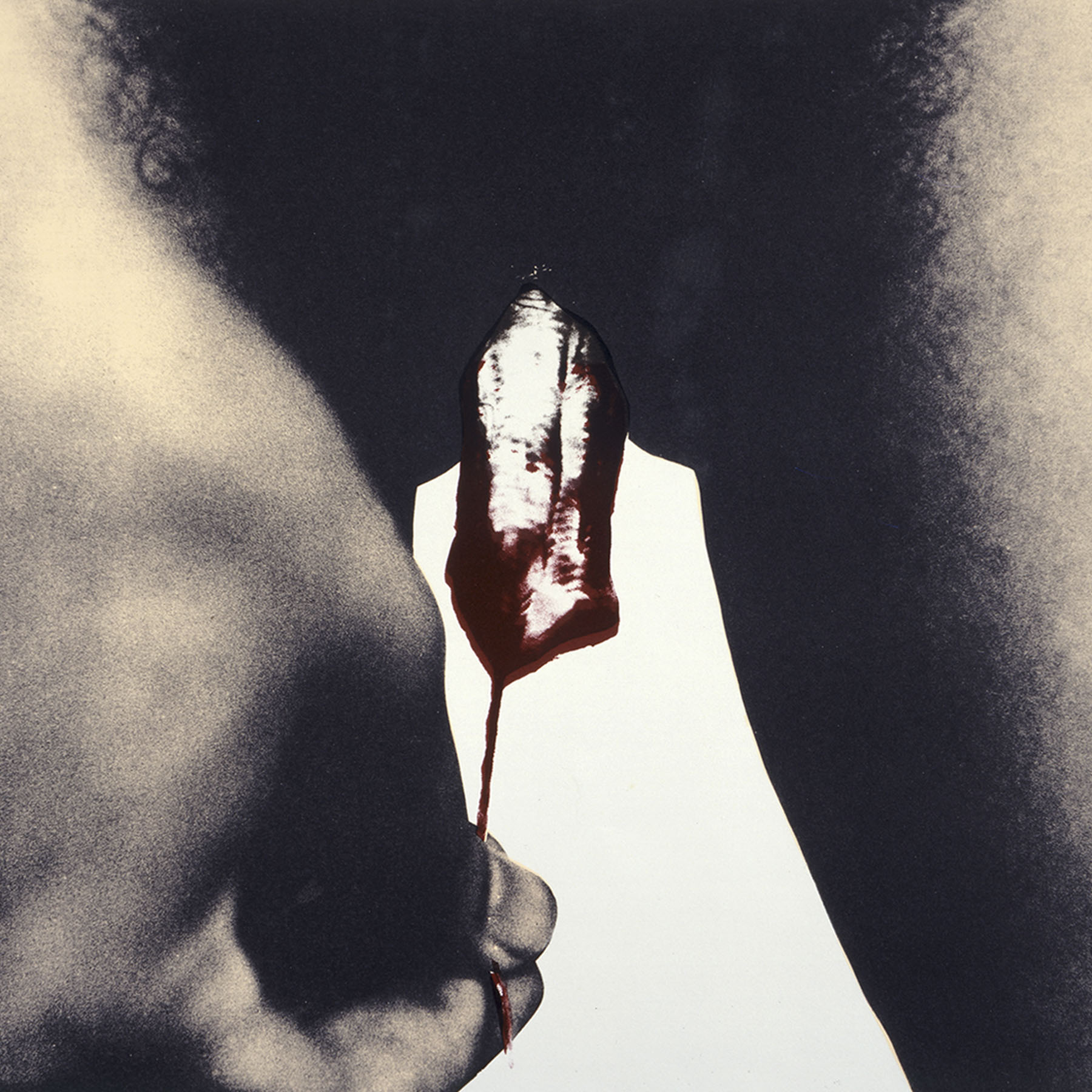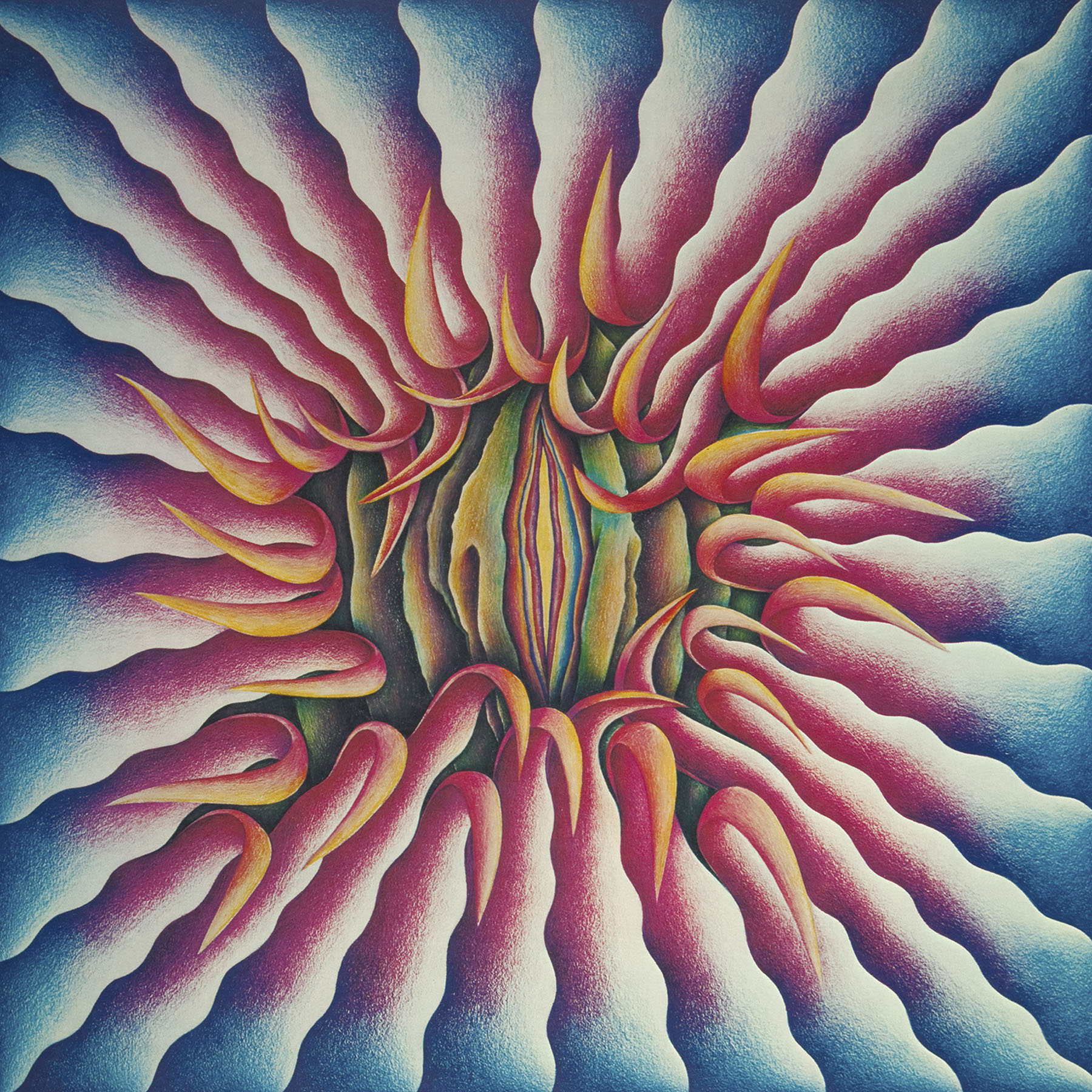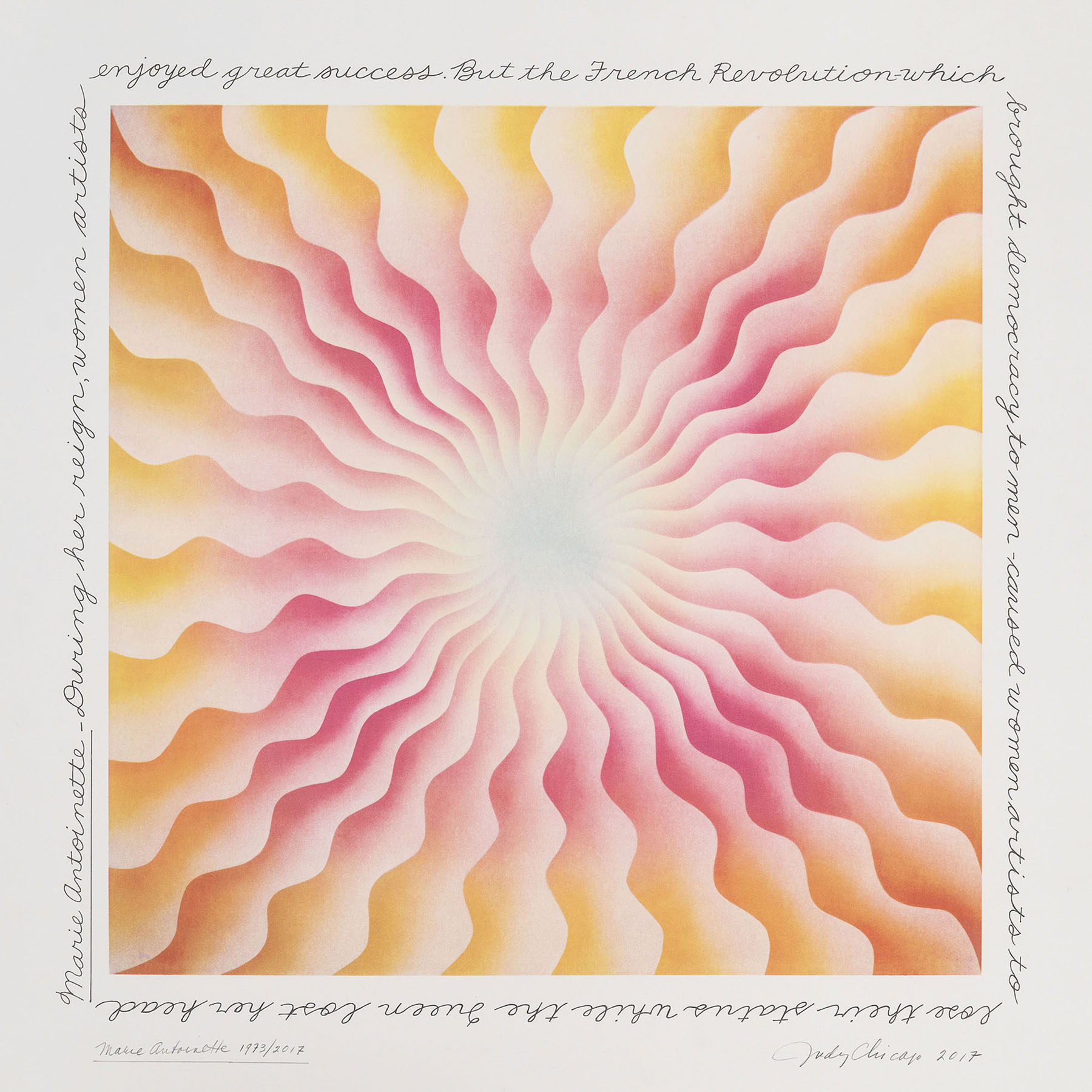E A R L Y W O R K & M I N I M A L I S T
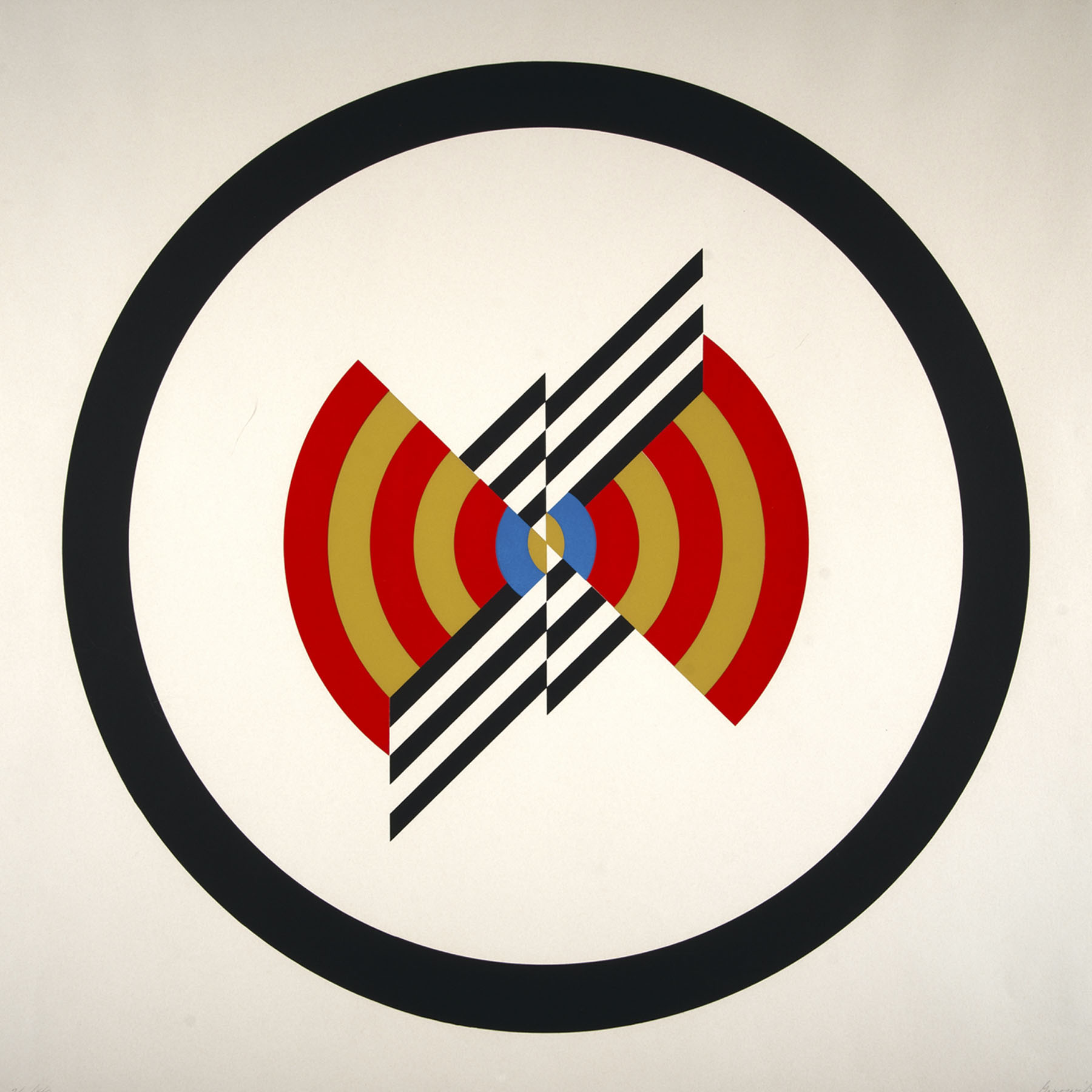
Chicago’s Flashback, Version 2 is the earliest print in Chicago in Ink: An Autobiography, and another print in the edition is owned by the Museum of Modern Art in New York. Despite being included in the influential 1965 exhibition “Primary Structures” at the Jewish Museum in New York, Chicago’s work in Minimalism remains underappreciated or dismissed as a lesser precursor to her feminist work. Yet her investigation of the economies of line and color were intrinsic to her later explorations of female and “central core” imagery. As queer-feminist art historian Jenni Sorkin has written of Chicago’s minimalist works, “Prior to developing the lexicon of vaginal or ‘core’ imagery that was to occupy her for most of the 1970s, Chicago’s content was about testing the limits of color through self-designed diagrams, systems and spatial patterning…Chicago’s production during the late 1960s and early 1970s represents a passionate and original pursuit of the experiential nature of color, transformation, and visual perception.”
E A R L Y F E M I N I S T
Chicago’s feminist art, as with any politics, developed in multiple forms over time, and her Early Feminist work offers a window into the development of her epochal imagery and her capacious politics. She overtly took on a variety of pressing activist issues, from violence against women to the lack of information and resources around menstruation, while developing a feminist visual lexicon. Characteristic of her Early Feminist work, and indeed her work as a whole, is her use of text alongside her bold imagery. We can thus see a feminist artist writing her own history.
T H E D I N N E R P A R T Y
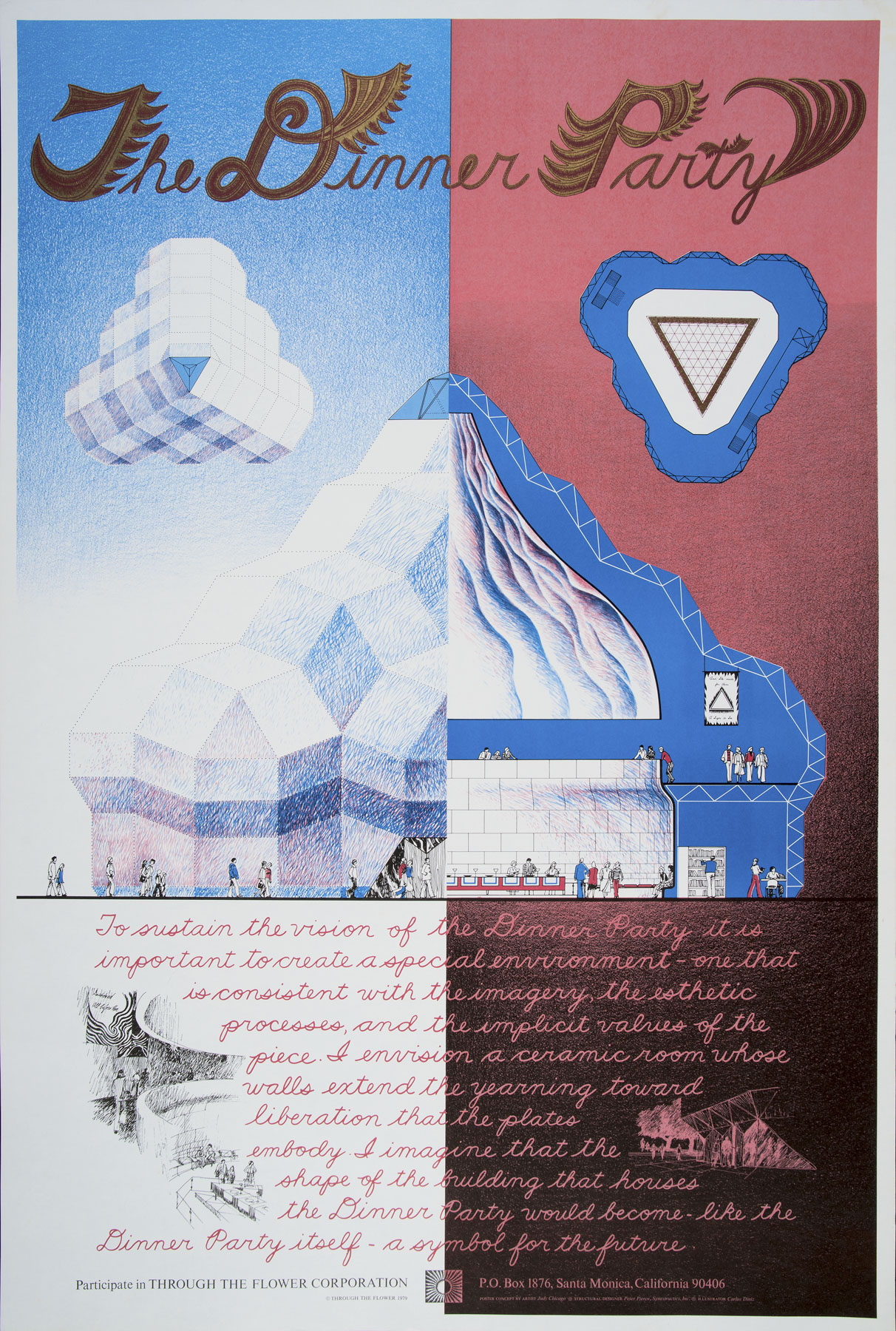
Despite its widespread acclaim, The Dinner Party, Chicago’s world-famous and epochal installation, was without a home until its acquisition by the Elizabeth A. Sackler Center for Feminist Art at the Brooklyn Museum. When it was not touring the world, the massive artwork languished in storage at Chicago’s own expense. In this print, Chicago imagines a home for her great offering to history, one that, as a result of a sexist art world, it would not find for almost 30 years.


